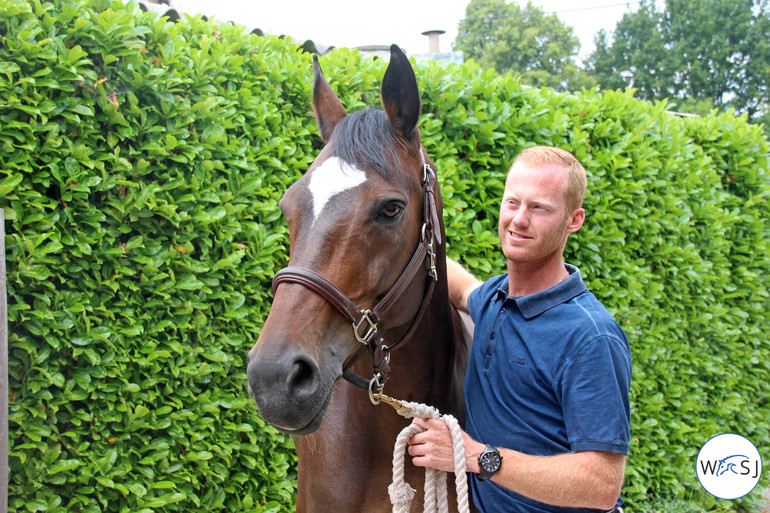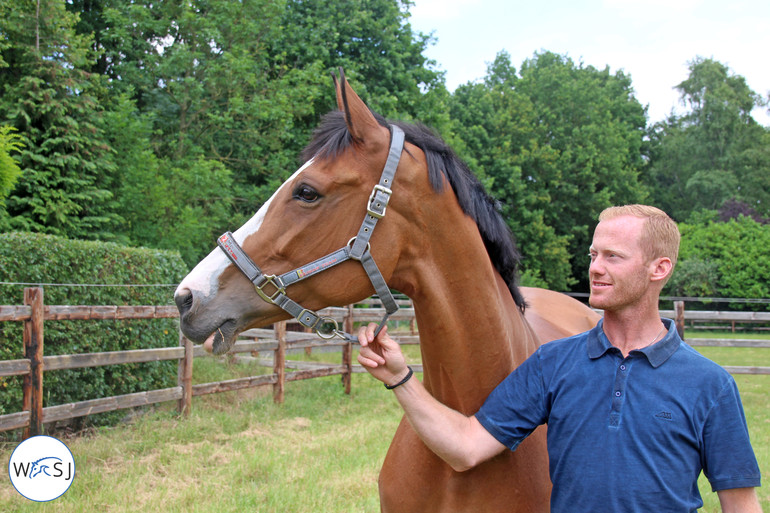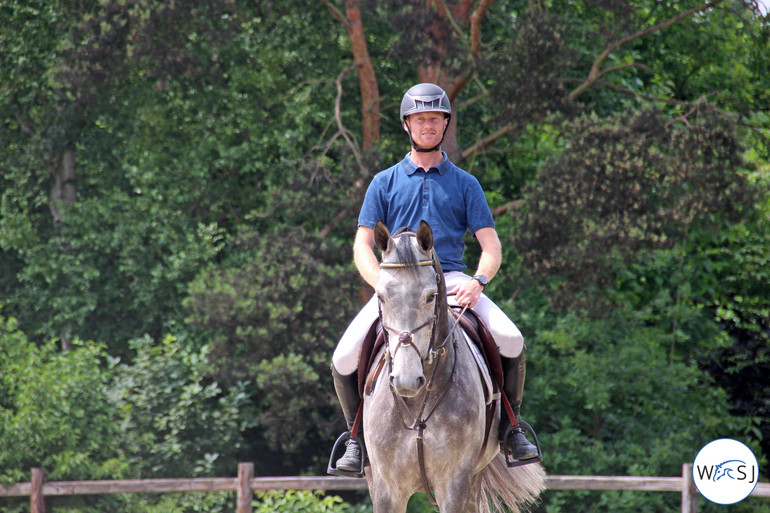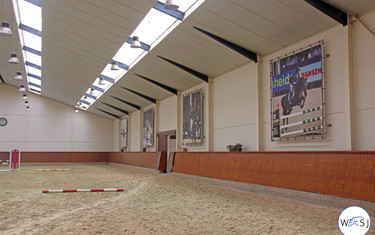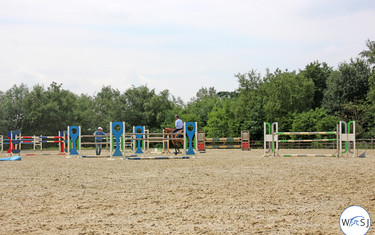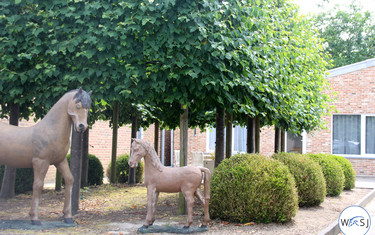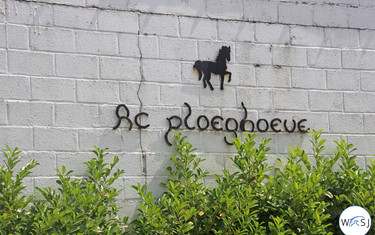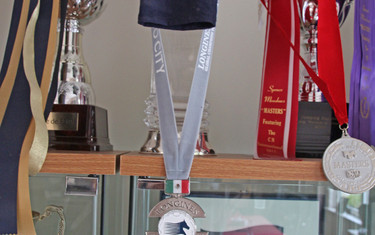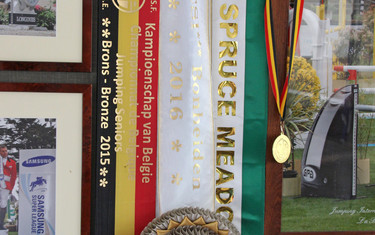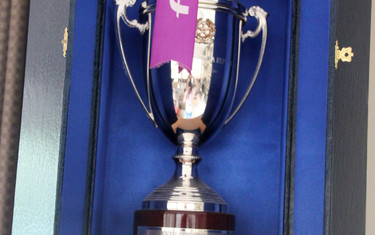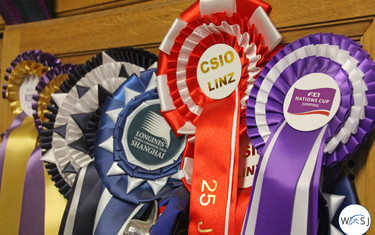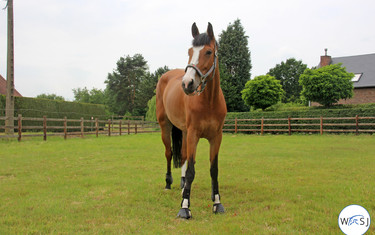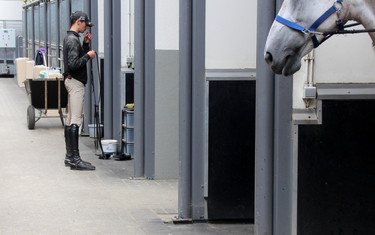Over the past year, Niels Bruynseels has shot up the world rankings – steadily climbing step by step to now find himself within the Top 15. Bruynseels’ incredible rise has been made possible by a lot of patience and hard work – as is the case with everything else the Belgian 33-year-old is doing. Meeting Bruynseels at home in Bonheiden, World of Showjumping discovers a sympathetic horseman that never would rush into anything – unless we’re talking about going really fast in a jump-off.
In May 2016 he had just made his way into the Top 100, and was ranked number 98 in the world. Fast forward to the summer of 2017, and Bruynseels is closing in on the Top 10. He’s no new name in the sport though, he brought up international Grand Prix winners like Nasa – later seen under Steve Guerdat – and Pommeau Du Heup, alongside horses such as Carpalo, Castelino van de Helle, Conisha van de Helle, Diamanthina van 't Ruytershof, Domingo, Echo van’t Spieveld and Extra van Essene to mention just a small selection of his references.
Now, he’s back – and stronger than ever before as the cliché goes. However, it is the truth – and as Bruynseels explains it has a lot to do with some seriously special mares with a whole lot of character.
“I have a few horses now that are really competitive at five-star level. Before I had horses I could compete in the big sport, but I could not be competitive. That makes the difference,” Niels says as we sit in the lounge overlooking his indoor. “They are the best ones I ever had,” he says referring to his famous group of mares that includes Cas de Liberte, Gancia de Muze and Angel van’t Hof. “They are all horses that can win at the highest level. And you need extremely good horses today, because the level is so high. You see it every weekend, even in the big classes we can end with twenty in the jump-off. Being clear is not enough anymore, you also need horses that are incredibly fast.”
Niels’ mares are just that. Over the last year Cas de Liberte won the five-star Grand Prix in Brussels, the four-star Grand Prix of Linz while Gancia de Muze won the five-star Grand Prix of Helsinki as well as Basel – and then there are all the other podium finishes adding to the success.
“Both mares are really special, with real characters,” Niels smiles as he speaks about his two super stars.
“Cas is a really small mare, she’s just above 160 cm high. She has the heart of a lion though; she never turns back from any fence. But, she is a very asocial horse – she does not like any other horses and in the stables not everybody is allowed to touch her. She is a freak with her head, we never ever clipped her there.”
It’s not only in the stables that Cas de Liberte is special, she is not the easiest to ride either. “In the warm-up she would be scared when another horse comes towards her. I have to stay very calm and give her a lot of confidence,” Niels says. “Then she comes in the ring, and she changes completely.”
“They both found me,” Niels says about how Cas and Gancia ended up in his stable. “As a 7 and 8-year-old Cas was jumping quite good already, and a lot of dealers where behind her. The owners decided to wait a bit to sell, and give her the chance to step up to the biggest level. Actually, I also asked once to buy her but the owners said no as they wanted to keep her. However, I asked them to keep me in mind. I heard nothing for the next months, but one day I received a phone call from the owner and he asked if I had a box free for her. I said I did, and in that moment he was on the way here with her.”
That would be the beginning of an extremely successful partnership, although Niels had a few doubts along the way. However, Cas de Liberte would prove them all wrong. “When I first jumped her, I thought ‘Oh shit…’. I really could not feel it,” Niels laughs. “But, we figured it out. At home I never jump her anymore, she does not like it. She gets nervous from it, so she just goes from show to show – the place she likes to jump is in the ring.”
“With Cas I always questioned if I had reached her limit,” Niels explains. “In the first two-star Grand Prix she did, I asked myself if that was her max. But, she was clear so I thought I should try something more. Then I jumped her a three-star Grand Prix, and she won. But, it was the same – I felt she was jumping at her maximum, but again she was clear. Then we put her in a four-star, and it was the same feeling but she kept on jumping clear and winning. After, my dad and I spoke together and I asked him ‘Do you think she can do the five-stars?’. Well, we tried and she won. Then we put her in the Nations Cup, and she jumped double clear at Hickstead. Even after the Nations Cup, I asked my dad if he thought we could put her in a World Cup. So, we put her in the World Cup in Mechelen and she was second.”
Gancia de Muze is no less special, and in many ways has a lot of similarities with Cas de Liberte. “With her it was a bit the same as with Cas, we were really stepping her up and all the time wondering if she had reached her limit. But, going step by step like that all the way from the 1.40s really gave her the confidence and made her believe she can do it,” Niels explains.
“Gancia is also a special mare. She gets easily nervous and hot, so at the shows I never flat her – she is just on the longe in the mornings. My team mates are laughing at me, because I never sit on her at the shows except for when we are going in the ring. But, she is happy with that and I don’t want to break her character.”
Rather than changing them, Niels prefers to let his mares keep their characters. “I think it is important that they get to keep their characters. They come in the ring and they want to win. They fight for each jump, and want to do the best. With them, I know if I ride good I have a chance to go clear,” he says.
There is a bunch of other stars too in Niels’ stable. One of them is Angel van’t Hof who arrived last year joining the two other mares on the circuit. “Angel had jumped at two- and three-star level already, and came straight with the two others to the shows. She has been jumping a bit in the shadow of Cas and Gancia, but has done some great things – she is very consistent and does a lot of the qualifiers helping out. She supports the other two mares, and she is really fast so she is always competitive.”
With so many Grand Prix horses in his portfolio of references, and the ability to come back again and again with a new horse we are curious to hear more about Niels’ key to success. “If we see that the horses have the potential, we really give them all the chances to take the best out of themselves,” he says. “If the horses are difficult, but have the quality to jump in the big sport, we try to work them in a way they like so they give back to you. It’s a question of time, time – and time. Sometimes you ask yourself where it will end, but then when they are eight or nine the horses often make that switch and re-pay you for all the work.”
“I don’t think anyone can say when the horses are 2, 3, 4 or 5 that ‘this is going to be a super star’. Actually, my two best mares now – when you saw them as 4- or 5-year-olds nobody would say that they would end up jumping at this level,” Niels tells. “So, I really try to look through the horse and what I look for is that they show that they are careful and that they have a good technique. Then they need blood and the right mentality. And, at the end of the day – if you believe in the horse, I think the rest will come and you can take a lot out of it.”
“I also believe that as a rider you have to give the horses the feeling that you don’t have to win everything in one day. It’s about doing things step by step, and don’t run before you can walk. I think you feel if the horses have enough quality, and then it is just a question about how to take it out. And their needs are all different. This is perhaps one of my stronger sides as a rider, I can adapt to a horse and get the most out of each horse. You cannot use one strict way with all horses, not many will accept that,” Niels says.
Looking for the next super star, Niels has good help from his father. Stal Bruynseels is a family-run business, and the stable has been in the family for decades. “My grandparents had a riding school here,” Niels tells. “At one point, there was something like 120 horses in this stable. But, my grandparents were not into the sport or competitions – it was just people coming here to learn to ride or rent a horse.”
At one point Niels’ parents took over the stables, and he started to ride when he was seven. “In the beginning, I was quite scared,” Niels laughs. “I was not the bravest rider to put it that way, and my parents never pushed me to anything. But, then I met a friend here in the riding school and we always rode together and like this I liked it more and more. When I was 13 I did my first competition, and from there things went on.”
“After I started competing, things slowly changed here. My dad went with me to the shows and my mum was alone here with everything. In addition, it started to get quite old here so we took the decision to rebuild everything and make it private.”
Today, the business is still in the family – Niels and his father run the dealing and sport stable together. “We try to run a combination of both, but now it gets more and more difficult with the dealing part as I am every week away at a show. I have to concentrate more and more on the sport, so at the moment my dad is doing a lot of the national shows and the young horse shows here in Belgium to take care of that part. He knows the breeders and keeps the contact to them, which is very important. So, when I am home Monday-Wednesdays, I go try horses or we have clients coming here.”
“It is very important to have this connection. If we did not have it, I would not have the horses that I have now for the top sport,” Niels explains. “We always started with the young horses, because to buy them or find them when they are older is very difficult. We build everything up ourselves, and I also have a very good rider at home who helps with this job – our youngest are normally four so we have a big circle. Some get sold on the way, others stay – it’s how we make it go around. Then I also have the Woodlands Auction with my brothers-in-law and some friends, it also takes a lot of time. We source the horses ourselves, and we all try to take part of the job.”
Most of the horses that Niels finds, comes from his own country. “Early on in my career, I rode a lot of French horses – because my dad bought a lot of horses in France. But, I have to say – these days you cannot find better horses than here in Belgium. We have connections to people we know and trust, and that breed good horses again and again. They always let us know whenever they have something interesting. My dad also always keeps an eye out at the shows, scouting youngsters and buy them at a young age.”
Riding in a dealing stable has helped Niels become the rider he is today. “In the beginning of my career I rode all the dealing horses from my father. No blood, lot of blood, no scope, lots of scope – you name it, I rode it all. That really helped me, I had to find a way to try to improve the horse and to make it better. I learned a lot by this,” he says.
Years on, and Niels’ life looks quite different – but he is still the same guy. “It is a big change in my life,” he says referring to the constant travelling the job now requires. “But with these results… It’s kind of a gift I get back for all my hard work over the past years. On the other hand, I have a family and it is not easy to combine the two lives – it is hard sometimes. Every week I am away from home. It is not something I will do for years and years. I take the chance now with the horses I have, but in the future I think I will go more for the business,” he reflects.
The constant amount of shows also requires an extreme amount of planning. “Even at the show I am busy with the planning at home,” Niels smiles. “All the horses need different kind of work. Some need more flatwork than others, some need more time off. If the horses that stay home without me don’t have the right planning, the circle is not complete. When I come home on a Sunday, I only have a couple of days to ride those that were not at the show and that leave for the next one – and they then need to be in the right shape. So the management is extremely important, you cannot leave that to coincidence,” he says. “I also have an extremely good show groom, which is so important as they are the ones that are with the horses all the time. If you have a groom with no bond to your horses, you will feel it in the results. If that part misses in the management-circle, it will make a reflection in how you are doing at the show.”
“It is a day-in and day-out job,” Niels says. “But, if you are a professional there is no other way. It is a pleasure doing it though – I feel privileged that we can get something back for all the hard work we put in for years.”
For Niels, his goals or achievements are not related to a specific result or win. “I have dreams, for sure,” he says. “I was never a rider thinking about the world ranking though, but now that I am in there and doing these shows I find it hard to ignore it – everybody speaks about which number they are and the points, and if they will drop or not. That being said, the most important thing for me is to keep my horses in the form they are in now and have them fit – ranking or no ranking. The horses come first.”
When asked, there is not one moment that Niels defines his success by – it is the way he did it that he is proud of. “I am proud that I managed and did everything on my own, together with my family. As a rider you always have ups and downs, and I have had mine – but together we pulled through them.”
Text and pictures © World of Showjumping
No reproduction without permission



